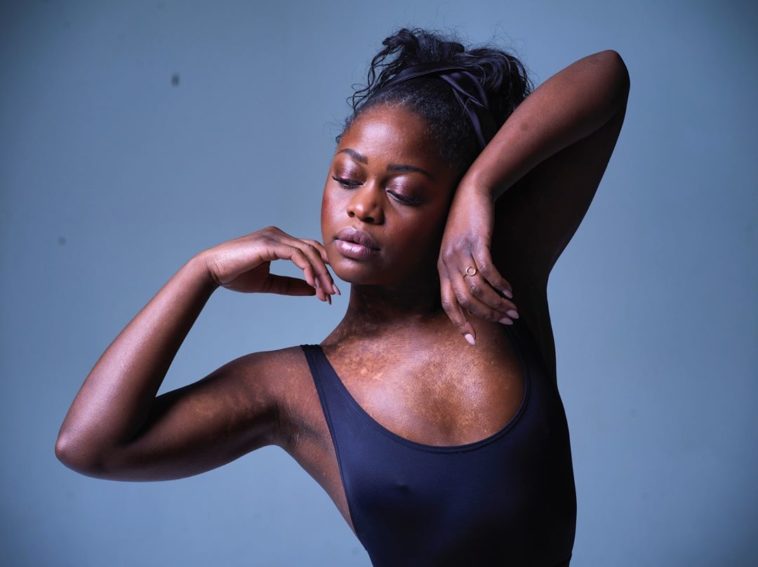“When you think back, what were your chances for success in this world?” Megyn Kelly once asked Michaela DePrince. Her answer to the question was simple: “For success, there was none. Absolutely none! The only way I could survive was to prove everybody wrong. It helps me to continue to fight.”
To be honest, it’s unbelievable that she’s even alive today, let alone plastered on posters, collaborating with Beyonce, and performing on the world stage. Today, Michaela DePrince is America’s most loved ballerina. But, the stories that play out up on stage when she performs classical ballet can’t even come close to Michaela’s own miraculous journey of perseverance, dedication, and survival.
Michaela’s story starts in the impoverished African country of Sierra Leone. She was born in 1995, named Mabinty Bangura. In the midst of a civil war that killed thousands, her father was killed by rebels, and her mother died soon after from disease and starvation.
3-year-old Mabinty was abandoned at an orphanage where she was treated like a pariah. Mabinty was born with vitiligo. What she called her white spots were the reason the adults in the orphanage thought she was cursed. “They ranked us. Number one was the favorite child and number 27 was the least favorite. I was number 27. They kept saying, why would somebody want to adopt the devil’s child?”, Michaela recalled in an NBC special.
She had only one friend at the orphanage, number 26, also named Mabinty. She was way down in the pecking order simply because she was left-handed and wet the bed. Then, one fateful day, number 27 made a random discovery that would change her life. A gust of wind blew a magazine up against the gate outside the orphanage and she found it. This was a copy of a magazine that had an image of a ballerina on the cover. She needed this to come into her life at the time to give her hope.
Number 27 showed it to a beloved teacher. She explained to Mabinty that she was a ballerina, dancing ballet. And that’s what Mabinty wanted to be. But, that hope was smashed by an unimaginable horror. Outside the orphanage, rebels attacked that favorite teacher of hers. When Mabinty tried to help her teacher, a rebel boy turned on her, slicing her stomach with a machete. But, Mabinty survived that haunting trauma. Her tears, her pain would only deepen as Americans were coming to adopt other orphans. Her best friend, number 26, was one of the lucky ones, chosen by a family. But no one was coming for number 27.
In the USA, Elaine DePrince was looking to fill her own void, an equally unimaginable one. Elaine and her husband Charles had adopted before, three American boys. Tragically, they all would die of aids from contaminated blood. After the first two deaths, Elaine was heartbroken, but she wasn’t going to let that stop her from living and loving. She decided to adopt one child from a war-torn country in Africa because her son Michael loved Africa. Then she got a call from the adoption agency as they asked, “Which Mabinty are you adopting?” We have two of them.” The orphanage told Elaine that 12 families had refused to take the other Mabinty, number 27, because of her vitiligo. “I really don’t have a problem with spots, after dealing with AIDS,” said Elaine.
When Elaine arrived in Africa to adopt both 4-year-olds, she was the one who broke the unexpectedly good news to number 27. Because it would be hard to have two Mabintys, Elaine re-named both girls after her son Michael, the one who loved Africa. Number 26 became Mia Mabinty DePrince and Number 27, Michaela Mabinty DePrince.
One of the first things Michaela did was showing her new mom that treasured magazine cover. And, Michaela started ballet. Even at that young age, Michaela was laser-focused on becoming a professional ballerina. But first, she had to get over her insecurities about vitiligo.
With time, Michaela got more comfortable with her vitiligo; however, she faced other obstacles because of the color of her skin. Michaela had defied long odds before, of course, and soon enough, she was doing it again, breaking through and soaring up the dance ranks. By 17, she was performing with the dance theatre of Harlem in New York City, the youngest in the company. The following year, she was hired by the prestigious Dutch national ballet in Amsterdam at 18. Now, she was supporting herself and living out her unlikely dream.
Today, Michaela is known for being one of the highest jumpers. She is literally flying in the air. And that feeling is incredible. Ballet director Ted Brandsen not only hired Michaela but recently promoted her to soloist. In 2016, Beyonce hand-picked Michaela to choreograph her own dance solo in the “freedom” music video from “lemonade.” Michaela is also the new face of jockey’s “Show ’em What’s Underneath” campaign.
There was a time when Michaela asked her mom to look from the audience and let you know if she could see her vitiligo spots. And, now here she is, proudly showing it all off. From an orphan with vitiligo to a young girl with big dreams and now, a dazzling ballerina, it’s not a fairytale. It is an inspiring story for all those who are letting their vitiligo limit themselves from achieving their dreams.

